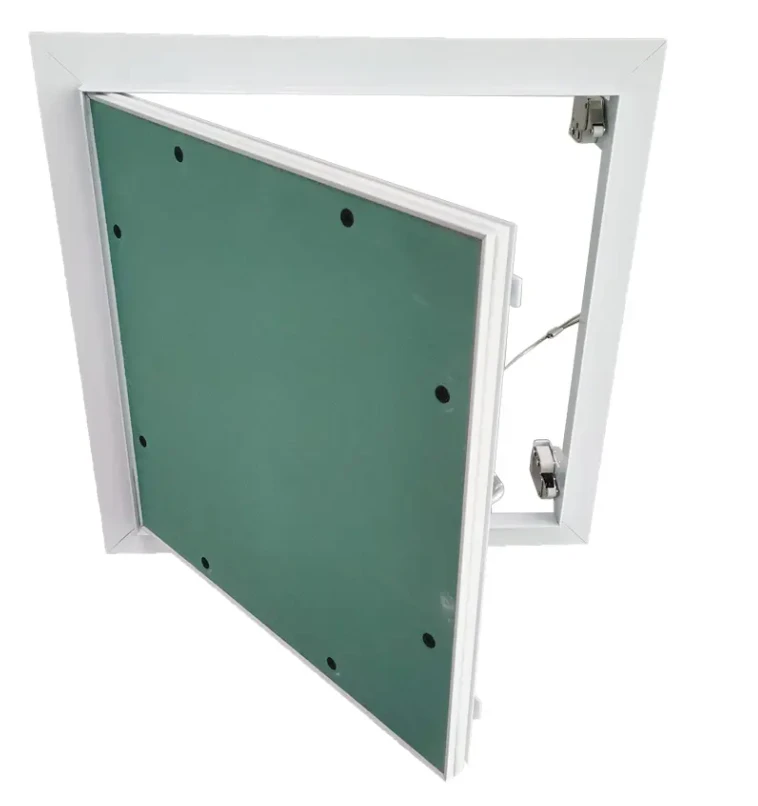Dec . 13, 2024 16:39 Back to list
suspended metal grid ceiling
The Benefits of Suspended Metal Grid Ceilings
Suspended metal grid ceilings, also known as drop ceilings or lay-in ceilings, have become increasingly popular in commercial and industrial spaces. This type of ceiling system consists of a grid of metal runners that create a framework in which ceiling tiles can be placed seamlessly. These ceilings offer numerous advantages that enhance both functionality and aesthetics of interior spaces. In this article, we will explore the benefits of suspended metal grid ceilings and their applications across various sectors.
Aesthetic Appeal
One of the primary benefits of suspended metal grid ceilings is their aesthetic flexibility. They come in a variety of finishes and colors, allowing designers and architects to create visually appealing environments. Whether in a corporate office, retail space, or healthcare facility, suspended metal grid ceilings can be tailored to fit the design needs of the interior. The clean lines and smooth appearance contribute to a polished, modern look that enhances the overall ambiance of the space.
Easy Installation
Installation is another area where suspended metal grid ceilings excel. The modular nature of the grid system allows for easy and quick installation, even in complex layouts. This reduces labor costs and minimizes disruption during construction or renovations. Additionally, if a tile needs to be replaced due to damage or wear, it can be easily removed and replaced without affecting the surrounding tiles. This feature makes maintenance straightforward and cost-effective.
Acoustic Performance
Noise control is a critical factor in many environments, particularly in offices and educational institutions. Suspended metal grid ceilings can be fitted with acoustic tiles designed to absorb sound, thereby reducing echo and creating a quieter atmosphere. These ceilings significantly improve the acoustic quality of the space, which can enhance productivity and comfort for occupants. By creating a more pleasant auditory environment, companies can foster better communication and collaboration among employees.
suspended metal grid ceiling

Accessibility to Utilities
One of the major advantages of a suspended metal grid ceiling is the easy access it provides to plumbing, electrical, and HVAC systems. The raised ceiling void allows contractors to run essential services without the need for cutting into walls or ceilings, making maintenance and upgrades simpler. If issues arise, access panels can be incorporated into the design, allowing for quick inspection and repairs of wiring or plumbing without extensive renovations.
Energy Efficiency
With the growing focus on sustainability, suspended metal grid ceilings contribute to energy efficiency as well. Many metal ceiling tiles are manufactured with reflective surfaces that help to distribute lighting evenly throughout a space. This can reduce the need for supplemental lighting and, ultimately, lower energy costs. Additionally, because they are often installed with insulation options, they can enhance the thermal efficiency of a building.
Fire Resistance and Safety
Safety is a paramount concern in building design, and suspended metal grid ceilings provide a level of fire resistance that can be crucial in certain environments. Many metal ceiling tiles comply with fire safety regulations and can hinder the spread of flames. This feature is particularly important in places like schools, hospitals, and commercial buildings, where occupant safety is a priority.
Conclusion
In conclusion, suspended metal grid ceilings are a versatile and practical solution for modern interior design. Their aesthetic appeal, ease of installation, acoustic benefits, accessibility to utilities, energy efficiency, and fire resistance make them an ideal choice for various applications. As businesses and institutions continue to prioritize functional and attractive environments, the use of suspended metal grid ceilings will likely continue to grow, transforming the way spaces are designed and utilized. Embracing this ceiling system can lead to improved building performance and enhanced quality of life for its occupants.
-
Quality Ceiling Trap Doors & Access Panels | Easy & Secure AccessNewsAug.30,2025
-
Durable Ceiling T Grid Systems | Easy InstallationNewsAug.29,2025
-
PVC Gypsum Ceiling: Durable, Laminated Tiles for Modern SpacesNewsAug.28,2025
-
Pvc Gypsum Ceiling Is DurableNewsAug.21,2025
-
Mineral Fiber Board Is DurableNewsAug.21,2025
-
Ceiling Tile Clip Reusable DesignNewsAug.21,2025







